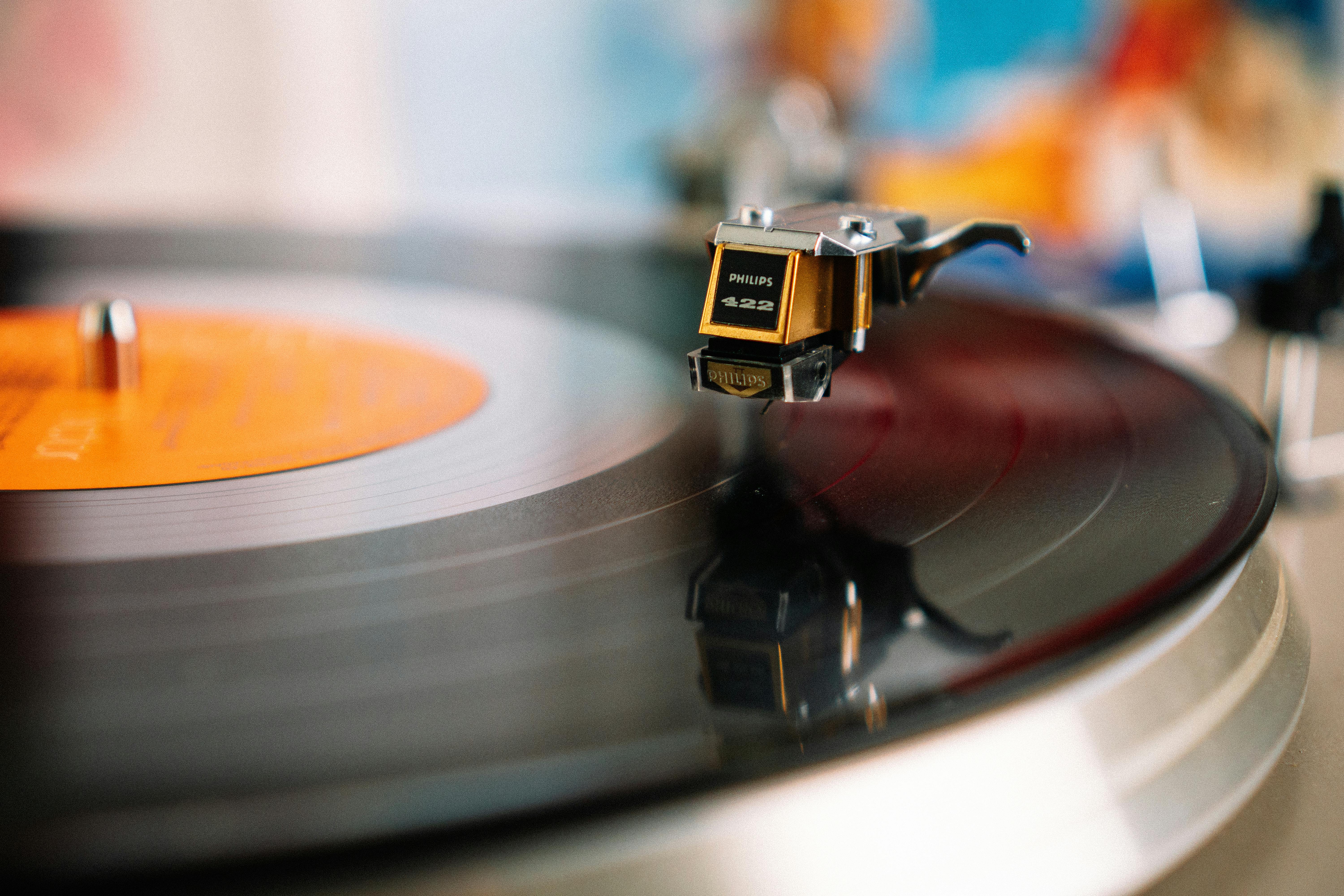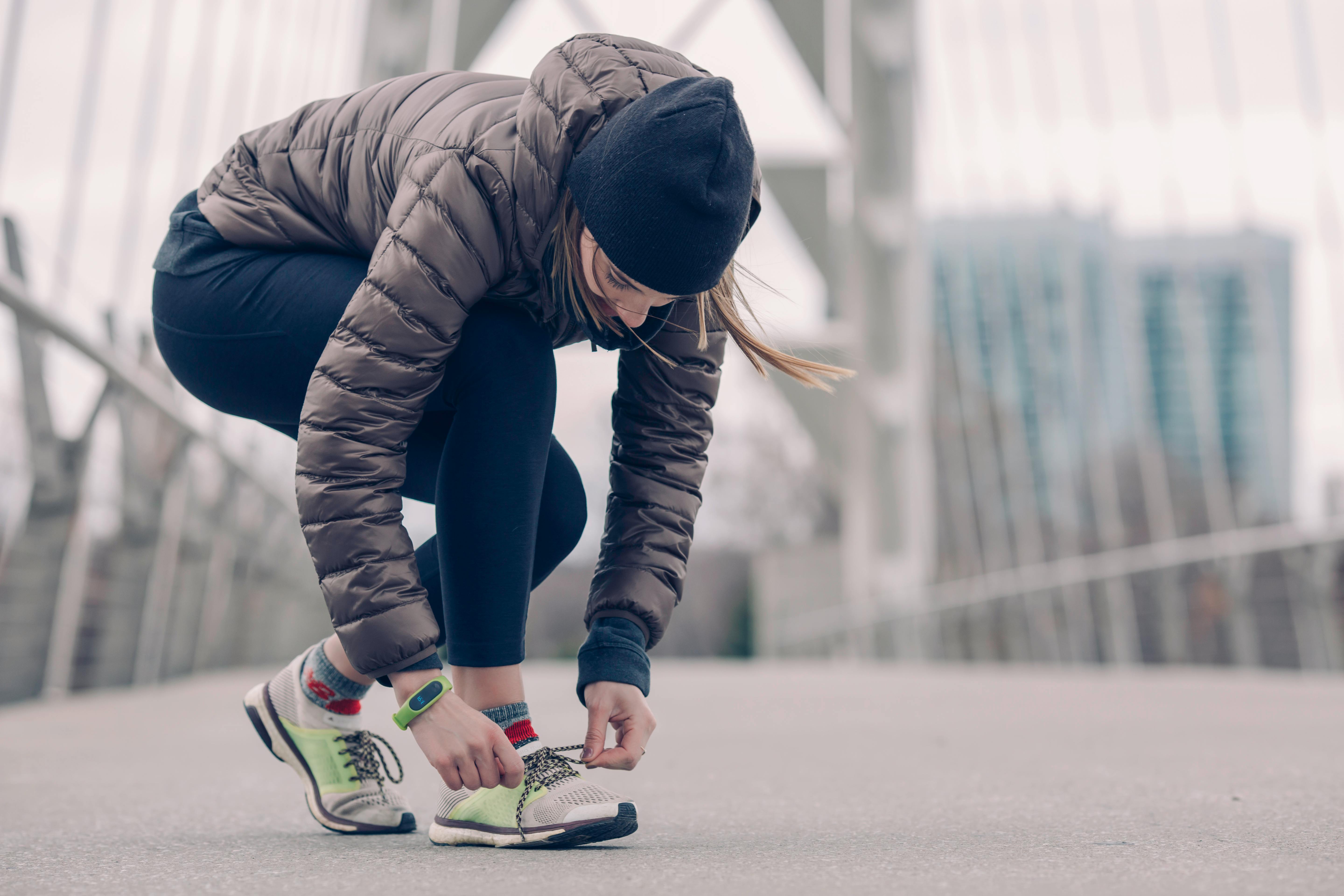As with many tropical plants, Hoya care requires consideration of its natural habitat. Drainage holes can be found in most terrestrial habitats known to man. Most Hoyas inhabit tropical regions and enjoy hot, humid conditions for most of the year. For example, many hoyas originate from Indonesia, which has a tropical climate with average annual temperatures in the region of 30 degrees Celsius. However, even tropical regions show variations in climate, which decrease as you go inland and at higher elevations. It is much cooler from June to September, when the northeast monsoon arrives.
Many Hoyas are epiphytes, sharing their homes with or building on other tropical plants. They establish themselves in the forest canopy, twining around branches and clinging to the bark with their roots. Their only food is decaying matter found in crevices, washed over their roots by runoff water. These observations give you an insight into the life of the Tropical Hoya in its natural habitat. Remember that Hoyas inhabit an incredibly varied range of habitats and grow in many different ways. However, these observations apply to most Hoya species found in tropical regions. You can provide these conditions by following a few simple steps.
These plants will benefit from excellent drainage. I use a 50/50 mix of compost and perlite. This gives the roots the optimal aeration conditions they need and prevents waterlogging, which is one of the only ways to kill many Hoya. Hoya tend to inhabit semi-shaded forest canopies, don’t let them sit on a scorching windowsill. Direct sunlight in small doses can be beneficial, but continuous direct sunlight will whiten the leaves and damage the plant. This also applies to most tropical plants. Hoya australis ‘Lisa’ enjoys some strong light. New leaves stain red in bright light, reverting to their variegated form.
If your potting mix is well-drained, you should have no problem with watering. Water when the soil is almost completely dry and it will allow plenty of air to get to the roots. An epiphytic plant will have enough water to survive, but not so much that it will become overwhelmed. To recreate canopy conditions, I mist mine every few days. This also allows me to apply foliar fertilizer, which I do about 4 times in the growing season, and whenever a plant is flowering.
Hoya should not be exposed to temperatures below 10 degrees Celsius for a long time. If you are going to overwinter them in cool conditions, make sure they are very dry.
Remember that most Hoya are tropical plants and while many are tough, some have a more demanding nature.




